#griffon vulture
Explore tagged Tumblr posts
Text
vulture fancam yaaay:3
you can also find it on my tiktok here if you want!
#birds#birdblr#daemnblogging#vultures#black vulture#turkey vulture#bearded vulture#california condor#king vulture#andean condor#hooded vulture#cinereous vulture#lappet faced vulture#griffon vulture#fancam#edit
2K notes
·
View notes
Text
A surprising discovery in the feathers of a fossil vulture from central Italy has revealed that volcanic deposits can preserve delicate tissue structures in unprecedented detail, offering new insights into the fossilisation process. In 1889 in the foothills of Mount Tuscolo, 25km south-east of Rome, farm workers discovered something extraordinary. While digging the ground for a new vineyard, they encountered a layer of bedrock with a strange void. This contained the skeleton of a large bird, including apparent imprints of its plumage on the surrounding rocks.
Continue Reading.
472 notes
·
View notes
Text

griffon vultures
I wanted to make one bird themed bookmark as a part of my upcoming artbook's cover, so I asked people for species suggestions on Twitter some time ago - vultures were mentioned a few times and I started drawing these right away, because I just love these guys. <3 There's so many cool species of them, I gotta make some florals with vultures sometime too.
Get one here!
277 notes
·
View notes
Text

to me a sky burial seems like the ideal burial mostly because I think using my dead body to feed vultures would be wonderful
made in 2024
#vulture art#vulture#griffon vulture#bird art#birdblr#birds#scavengers#animal art#nature art#linocut print#linoprint#linocut#artists on tumblr#printmaker#block print#printmaking#small artist#block printing#traditional printmaking#traditional printing#traditional art#lesbian artist#butch artist#trans artist#disabled artist#linocarving#original art#linogravure#art
171 notes
·
View notes
Photo

Griffon Vulture (Gyps fulvus)
© Marc Gálvez
84 notes
·
View notes
Text

A griffon vulture that was found injured and fatigued is treated at a rehabilitation centre in Van, Turkey. It was determined that the vulture’s exhaustion was a result of hunger. After its treatment, the bird was to be released back into its natural habitat
Photograph: Anadolu Agency/Getty Images
#anadolu agency#photographer#getty images#griffon vulture#vulture#bird photography#van#turkey#nature#animal
156 notes
·
View notes
Text

Night of the vulture Black conte crayon, white gouache, and clear acrylic medium
#for the birds#art#vulture#night vulture#griffon vulture#drawing#dillon samuelson#artists on tumblr#illustration
124 notes
·
View notes
Text
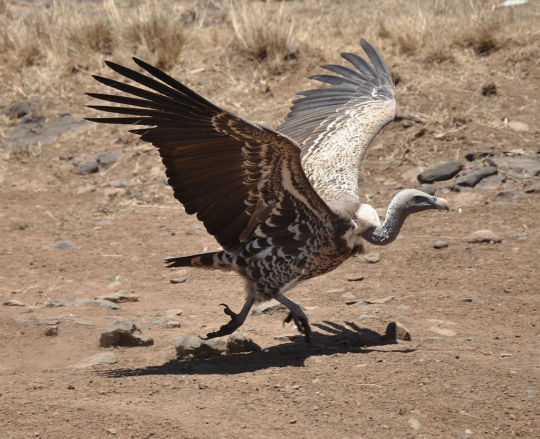
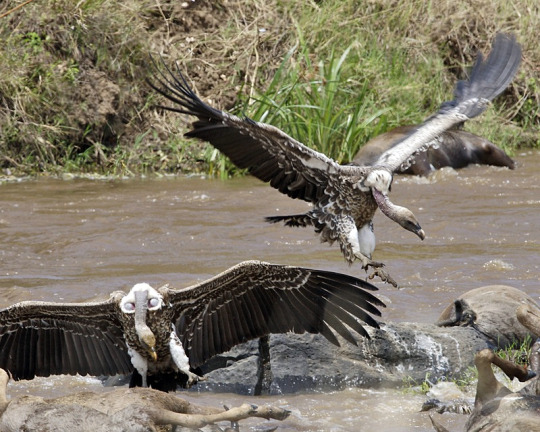
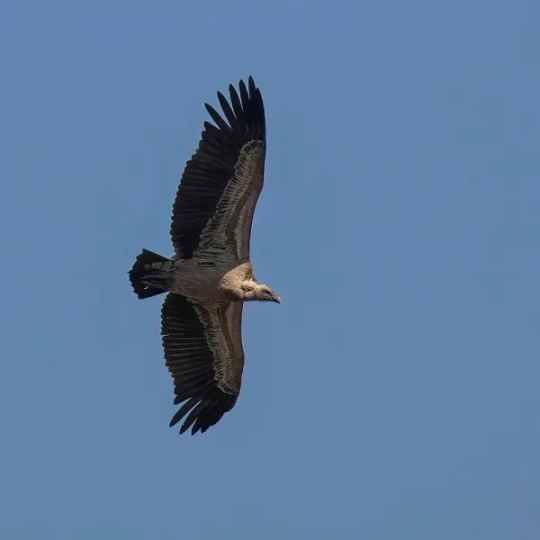
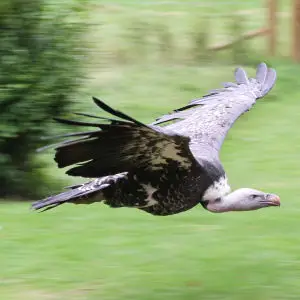

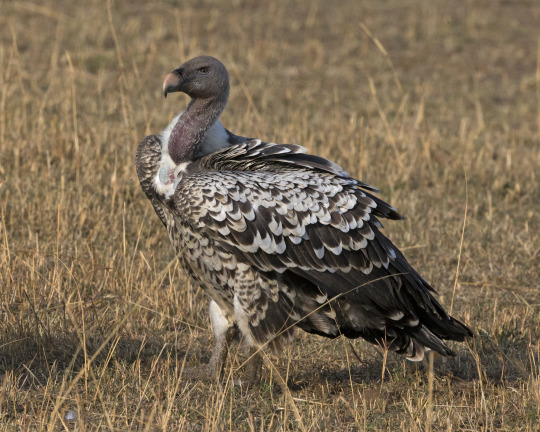
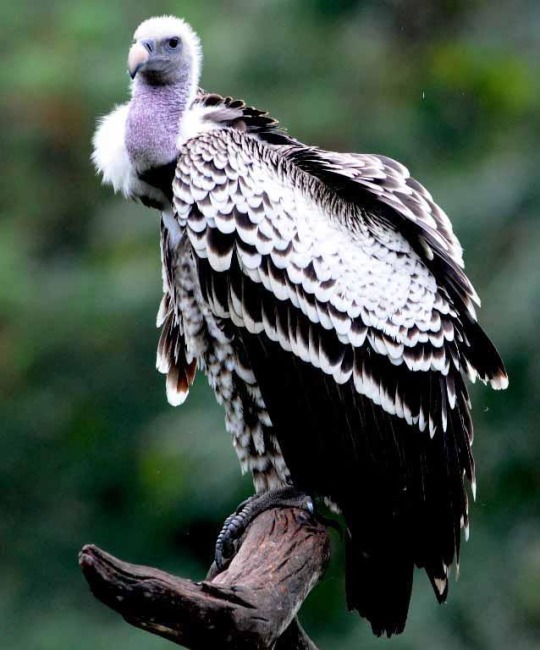
Rüppell's vulture also called Rüppell's griffon vulture, named after Eduard Rüppell, is a large bird of prey in the genus Gyps which is native throughout the sahel and eastern Africa including the countries of Algeria, Benin, Burkina Faso, Burundi, Cameroon, the Central African Republic, Chad, The Ivory Coast, Djibouti, Eritrea, Ethiopia, Gambia, Ghana, Guinea, Guinea-Bissau, Kenya, Mali, Mauritania, Niger, Nigeria, Rwanda, Senegal, Somalia, South Sudan, Sudan, Tanzania, Togo, and Uganda. Here they tend to inhabit grasslands, mountains, and open woodland. Rüppell's vultures are diurnal and very social birds, roosting, nesting, and feeding in large flocks. They spend much of their time flying at great altitudes, using strong winds and thermals to efficiently soar they are known to regular cruise at upwards of 20,000ft (6,000m) above the ground with some known to go as high as 37,000ft (11,300m) making them the highest flying bird. These vultures locate food by sight only, and often follow herds of animals. Once they find a carcass they swoop down, land a little way off, then bound forward with wings spread and their long neck outstretched. Even amongst old world vultures, Rüppell's vultures are specialized feeders with a spiked tongue and strong beak they can strip flesh with ease, and feed upon pelts, hides, and even the bones themselves. Reaching around 33 to 41in (85 -103cms) long, 14 – 20lbs in weight, with a 7.5-8.6ft (2.26 -2.6m) wingspan. They are one of the largest vultures in Africa, both sexes sport mottled brown or black feathering overall with a whitish-brown underbelly and thin, dirty-white fluff covering the head and neck. The base of the neck has a white collar, the eye is yellow or amber, the crop patch deep brown. The head does not have feathers. This species of vulture is considered to be monogamous, forming lifelong breeding pairs. They nest on cliffs in colonies up to a 1,000 strong. After courtship a pair will work together to build a nest using sticks, grass, and leaves that they have gathered or stolen from other nests, here the mother will lay 1 egg. Both parents share in incubation of their egg over a period of 55 days. Once the chick hatches, both parents will feed and tend to it for about 150 days when it fledges. Young remain dependent on their parents after fledging, not reaching independence until the next breeding season. Under ideal conditions a ruppells vulture may live up to 50 years.
#pleistocene#pleistocene pride#pliestocene pride#pliestocene#bird#dinosaur#vulture#ruppells vulture#africa#asia#europe#eurasia#flying#griffon#griffin#griffon vulture
448 notes
·
View notes
Text
291 notes
·
View notes
Text





Griffon Vulture - Grifo (Gyps fulvus)
Freixo de Espada à Cinta/Portugal (5/06/2024)
[Nikon D500; AF-S Nikkor 500mm F5,6E PF ED VR; 1/2500s; F5,6; 400 ISO]
55 notes
·
View notes
Text

another new fursona. his name is Viceroy <3
226 notes
·
View notes
Text

Griffon Vulture, the patriarch of the Zoo, where it has lived for over 30 years.
Source: Photograph by P.G. Luck in E.G. Boulenger's Animal Ways (London: Ward, Lock & Co., Limited, 1931).
106 notes
·
View notes
Text
I have no idea what to do on here or how to use Tumblr, so here's some vulture art :)

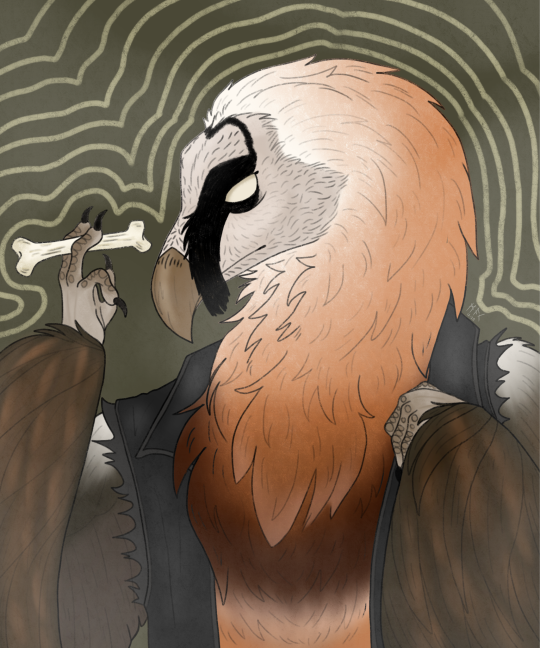



#therian#vulturekin#theriotype#alterhuman#birdkin#therianthropy#nonhuman#otherkin#turkeyvulture#turkeyvulturekin#beardedvulture#beardedvulturekin#griffon vulture#griffonvulturekin#king vulture#kingvulturekin#californiacondor#californiacondorkin
63 notes
·
View notes
Text

MOAR BIRDS

@etchetcetera
#kirehn draws#palette prompts#birds#griffon vulture#thank you for the prompt and the boost o3o#vultures are so underrated :3c#we have a lot of turkey vultures in the area and I love seeing them chilling on thermals
9 notes
·
View notes
Text



Another animal interaction inspired character creation. 😁 It's a juvenile griffon vulture and raven.
8 notes
·
View notes
Text

A griffon vulture flies off after being released from the Wild Animal Protection Centre at Van Yüzüncü Yıl University, Turkey, where it was being treated for an injury. This is a Eurasian vulture, but London Zoo has fascinating footage of a related species, the Rüppell’s griffon vulture, hatching last March
Photograph: Anadolu Agency/Anadolu/Getty Images
#anadolu agency#anadolu#getty images#griffon vulture#vulture#bird photography#wild animal protection centre#van yuzuncu yil university#turkey#eurasian vulture#nature
74 notes
·
View notes